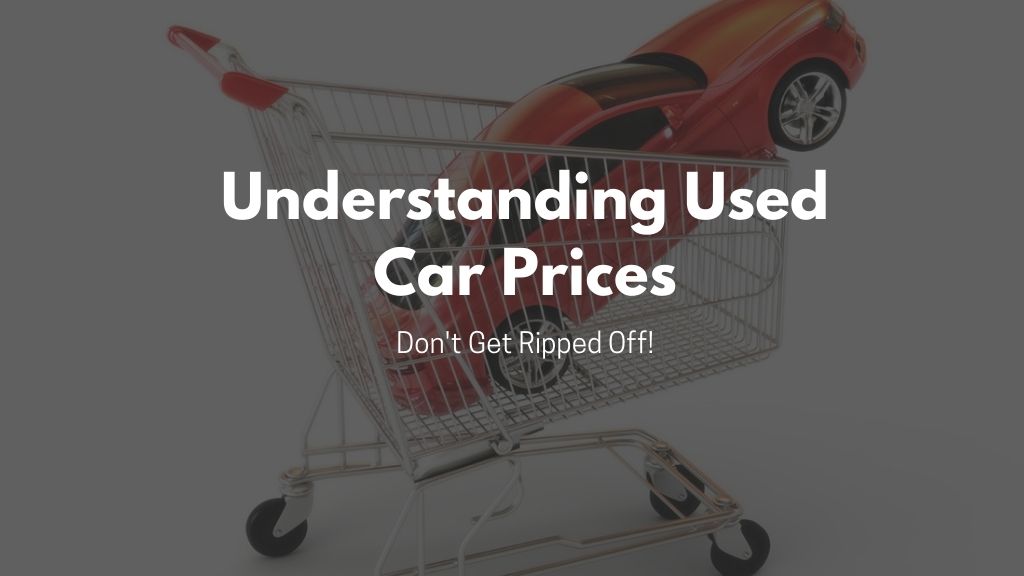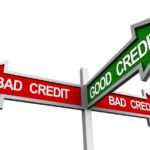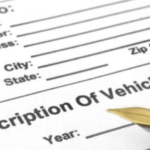Last Updated on September 16, 2020 by Jason Mason
Whether you’re in the market to buy a used car or are trying to sell one, you’ll need to know the terms of the trade to make sure that you’re not getting ripped off. There are a ton of people out that are more than willing to rip you off, but if you do your homework, you can walk away knowing that you got a good deal.
Asking Price
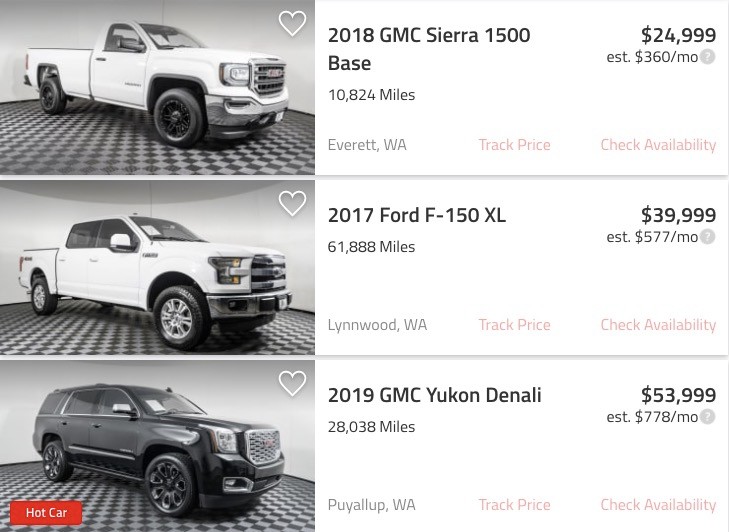
This is the price you are most familiar with; it’s the price that the seller is trying to get for the vehicle. Just because someone is asking that much for the vehicle doesn’t mean it’s actually worth that much. Often sellers will ask more for a vehicle then it’s worth, knowing that it will likely get negotiated down.
Before you buy a car, find the true market value for that car, and negotiate down. It doesn’t matter how much the seller is asking for, because their only goal is to make as much money as possible.
The Takeaway: The asking price is the starting point for your negotiations. Barter, barter, barter!
Dealer Price
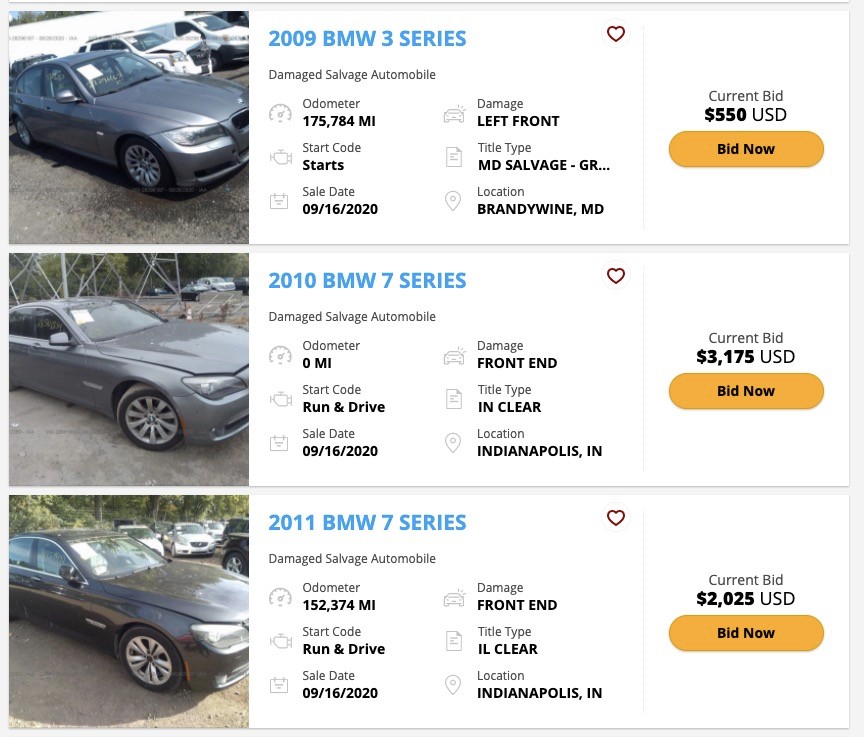
It’s just what it sounds like. The dealer price is the price that the dealership is trying to sell the vehicle for. This doesn’t mean that it’s a fair price, and it doesn’t mean that the dealership won’t sell it for less. In fact, dealerships almost always price the vehicle for more than they expect to sell it for.
Also, there is no “set” dealer price. So, one dealership might have a used car priced at $7,000, and another dealership might have an identical vehicle priced at $9,000. The dealer price really doesn’t mean much if you do your homework because most dealerships will come down to the true market value of the vehicle you are looking to purchase.
The only difference between a dealer price and an asking price is the person selling the vehicle. A dealership has a dealer price, and an individual has an asking price.
The Takeaway: The dealer price is the asking price; always negotiate it down.
Kelly Blue Book Value
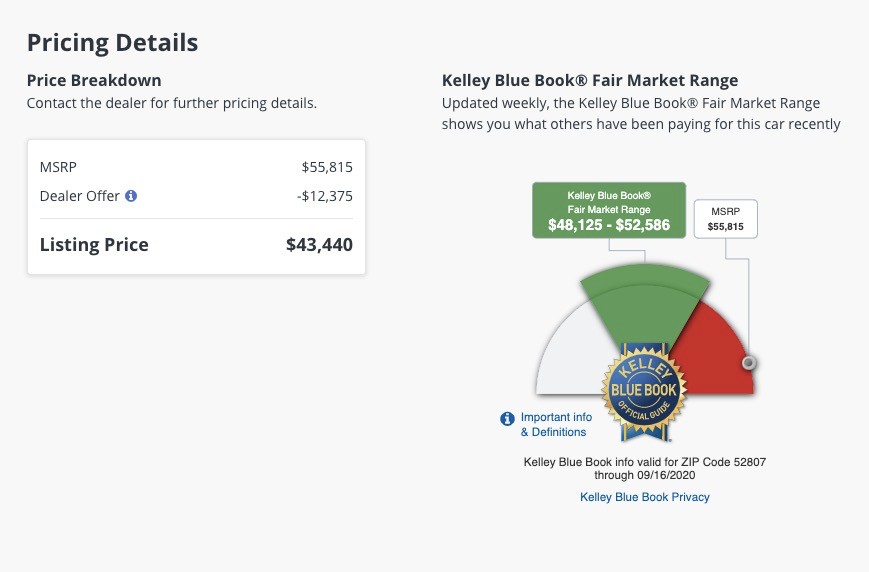
The Kelly Blue Book (KBB) Value of car is a bit of a misnomer. That’s because KBB is a service that can provide you a wide range of values for your vehicle. It’s a valuable tool that can let you know how much your car is worth and what you can expect to get for it depending on how you plan on selling it.
When you look up a car on KBB, there are three different pricing options that you can see. The first is an instant cash offer, this is typically the lowest amount, and it’s just what is sound like. KBB will provide you an offer for your car, and you can sell it for that price guaranteed.
However, there are some other ways where you could make a little more money. The next offer it provides is the trade-in value. If you’re taking your car to a dealership and trading it in for a new one, this is the amount of money you can expect from them. If they’re offering you anything less, then they’re trying to rip you off.
The third and final price is the private seller value. This is the price that you can expect to get if you’re selling your car yourself to someone else. There’s no middleman, and this is the most that you can fairly get for your vehicle.
However, when you’re looking to buy a used car, the number you should be looking for on the KBB site is the private seller value, regardless of whether or not you’re buying the car from a dealership or an actual private seller.
That’s because the “private seller” value is really the true market value for your car, and that doesn’t change depending on who you buy it from.
The Takeaway: Always KBB your car before you go to sell. Dealerships use it, and you should too!
True Market Value
Whether you’re selling or buying a used car, the most important value you can know is its true market value. A vehicle’s true market value is the amount of money that other people in your area are paying for similar cars.
That makes it the most critical number to know because if you know what other people are paying, you know how much to expect to make or spend on the used car you’re looking at purchasing.
A variety of factors determine your car’s true market value: the condition of the vehicle, the amount of mileage, the age of the vehicle, the type of vehicle, and even where the vehicle is being sold all influence this amount. It’s why a used car in Los Angeles is valued more than that same used car in El Paso. This is the number you need to keep in mind when you’re negotiating.
The Takeaway: This is the price you’re trying to get under if you’re buying a used car. If you’re selling a used car, then you want to make more than this. It’s also known as the KBB “private seller” value.
Trade-in Value
You might think that a dealership will give you a deal if you’re trading in a car and buying a new one there. You would think wrong. When you trade-in your vehicle to a dealership, you’ll make less money than if you sold it to a private party.
That’s because when you trade-in your old vehicle, you’re essentially selling it to a middleman. It doesn’t matter that you’re giving the dealership money on your new car; they want to profit off of you twice. With a trade-in, you’re giving them that opportunity.
That’s because dealerships will resell your car, and they want to make as much money as possible off of it. They’ll make money off of your sale and off of the resale of the car you traded-in.
Because of this, your car’s trade-in value usually two to three thousand dollars less then it’s private party value.
So, why would anybody trade in their used vehicle? Because it’s a lot easier than trying to track down a buyer yourself. The dealership can just throw it on the lot and wait for a buyer to find them, and you don’t always have that kind of time.
The Takeaway: Trade-ins are quick, but you’ll get several thousand dollars less than if you found a private seller.
Wholesale Value
If you’re a private seller, then this number doesn’t matter to you. In fact, if you’re looking to buy a used car, then this number is irrelevant. But you might hear it get tossed around, so it’s good to know what it means, so you don’t feel like you’re in the dark.
A car’s wholesale value is the amount of money a dealership spends to buy a vehicle from the manufacturer. Of course, dealerships don’t buy used cars from the manufacturer, only new ones.
This number is usually kept under wraps because if you can figure it out, you can determine how low a dealership will be willing to go when selling a new car. Of course, the dealership wants to make as much as possible, and everything they make over the wholesale value of the vehicle is their profit margin.
The Takeaway: The wholesale value doesn’t apply to used cars. It’s the amount of money a dealership pays to the manufacturer to buy a new car.
If I’m a buying – what’s the fair price?
When you’re going to buy a used car, you need to do your homework. It doesn’t matter if you’re buying a car from a dealership or a private seller; tons of people are looking to rip you off.
The first thing you should do when you find a vehicle that you’re interested in is to look up the value on Kelley Blue Book. The amount you’re going to be interested in is the private seller value. Also, make sure that you’re accurate with the vehicle’s condition, as this can have significant implications for the vehicle’s value.
Also, never take the sellers word on what the KBB value is. You’ll often see sellers post pictures up of this value, but this doesn’t provide any context. There are a ton of factors that can affect the KBB that you won’t see on the final screen. Vehicle options, condition, and even location can drastically change the KBB value. Always check for yourself to see what the vehicle is worth.
After you’ve determined that you’ve found a good deal, you need to run a VIN check on the vehicle. Sites like VINfreecheck.com can do this for you for free. This will check the vehicle’s title status if it’s been in any accidents and even the number of owners that the car has had. If this all checks out, you can move onto a full VIN report.
These reports will let you know everything that’s ever been reported about the vehicle. From maintenance histories to detailed accident histories, if it’s been reported, it’s there. Once you’ve done all this, you’ll still want to take the vehicle to a mechanic to check out before you buy it.
If you’ve done all this, you won’t be getting ripped off. Yeah, it’s a little more work, but it’s worth the peace of mind that comes with getting a good deal.
If I’m selling – What’s the fair price?
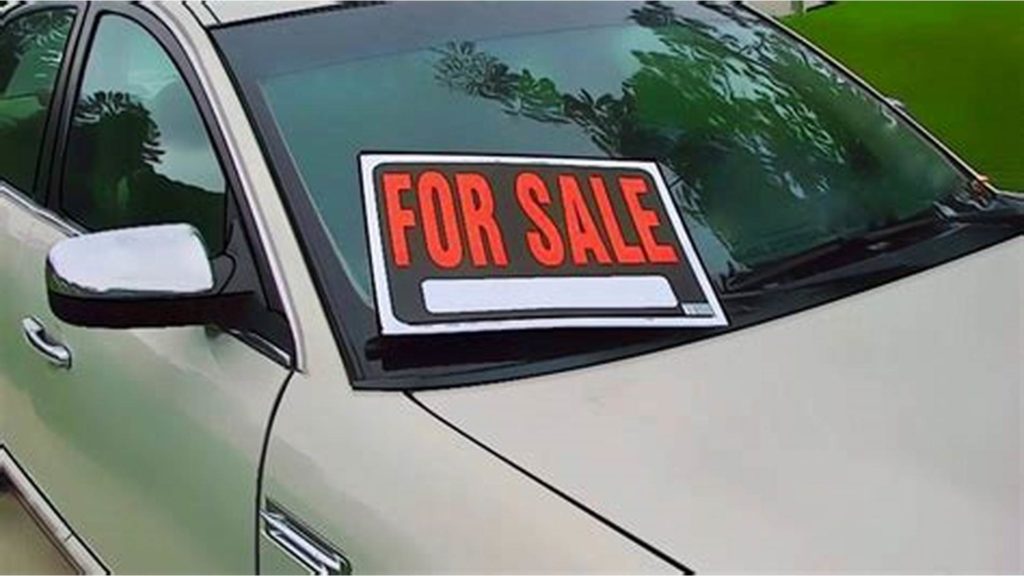
When you’re selling your used car, you want to make sure you get what it’s worth. If you’re looking to move it quickly, you can take it a dealership or sell it to Carvana, but you’re going to make less money than if you take the time to find a buyer yourself.
That’s because you’re taking the car to a middleman, and they’re going to take their cut. No matter who you’re looking to sell your vehicle to, you need to look up the car’s Kelly Blue Book value. This is the same tool that dealerships use to value their inventory, so you need to know what you’re working with before you head into negotiations.
From there, always list your car for more than you’re expecting to get. So, if you’re trying to sell your car for $10,000 and the KBB private seller value of your vehicle is 9,000 – 12,000 dollars, list it at $12,000.
You better believe that the buyer will try and negotiate you down, and if you have a little wiggle room built into your price, it’ll be easier to get what you want for it. Even better, if you do well in negotiations, you might even end up making a little more than you were expecting on the sale!
Even if you’re planning on trading in your car, you’ll want to have a rough idea of the trade-in value before you ever set foot into a dealership. The dealership might try to make you feel like this side of the transaction isn’t up for negotiations, but it is.
And if you can prove that your vehicle’s trade-in value is worth the amount of money that you’re asking for it, the more likely you will be to get a fair trade-in value. Because the dealership will try and make as much money off you as possible, and that includes the amount of money they are spending on your trade-in.
Wrap-Up
The quickest way to lose out on a ton of money is to go into a car sale blind. When you don’t know what you’re talking about, you’re a prime target to get ripped off. The good news is, you don’t need to know everything about mechanics, or even cars, to make sure that you’re getting a good deal.
The biggest tool at your disposable is Kelly Blue Book. It’s what all the dealerships use, and if you go into negotiations with all the same information, you’ll be far less likely to get ripped off. With a little research and determination, you can get a great deal, whether you’re selling or buying a used car.

